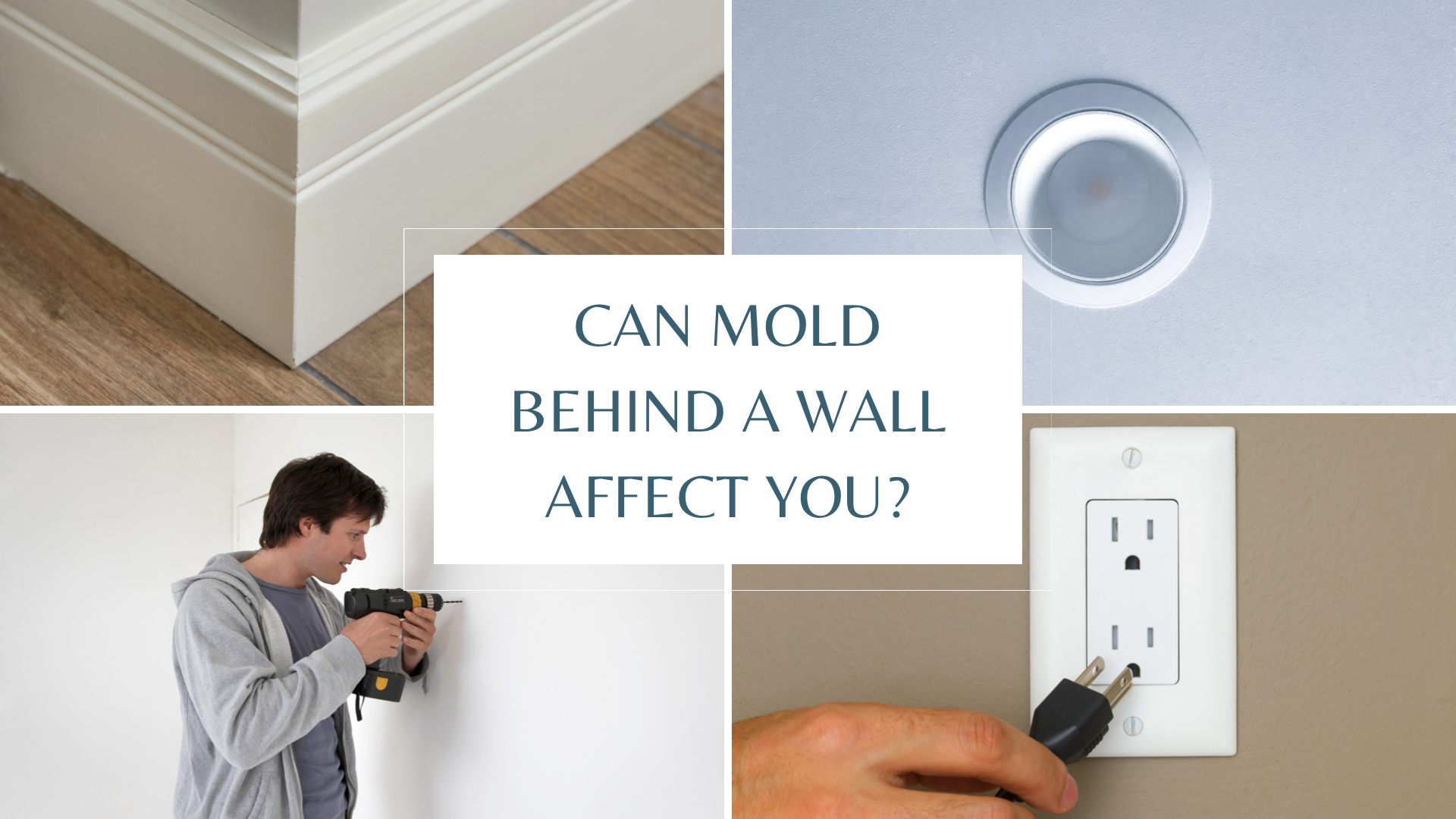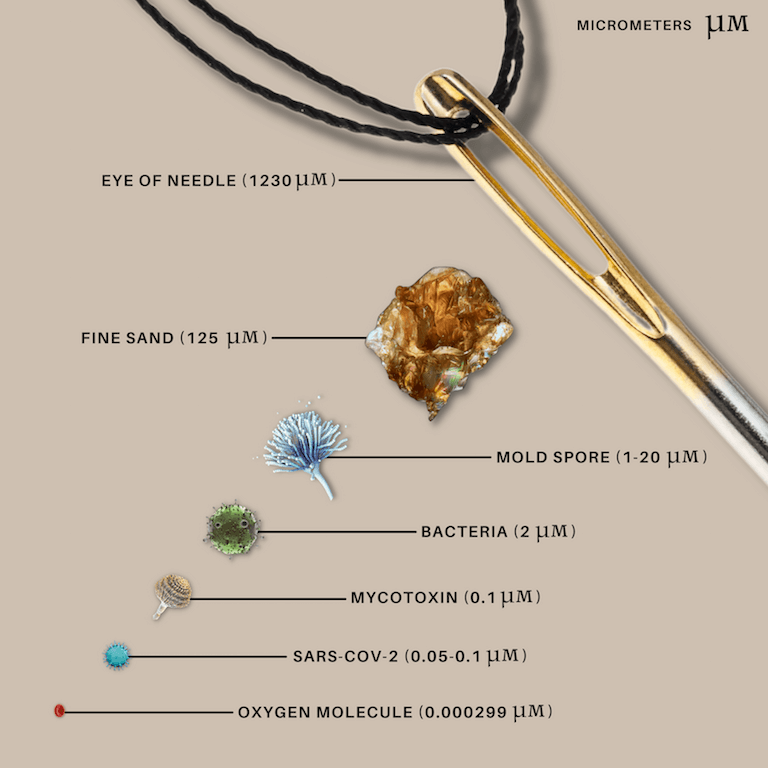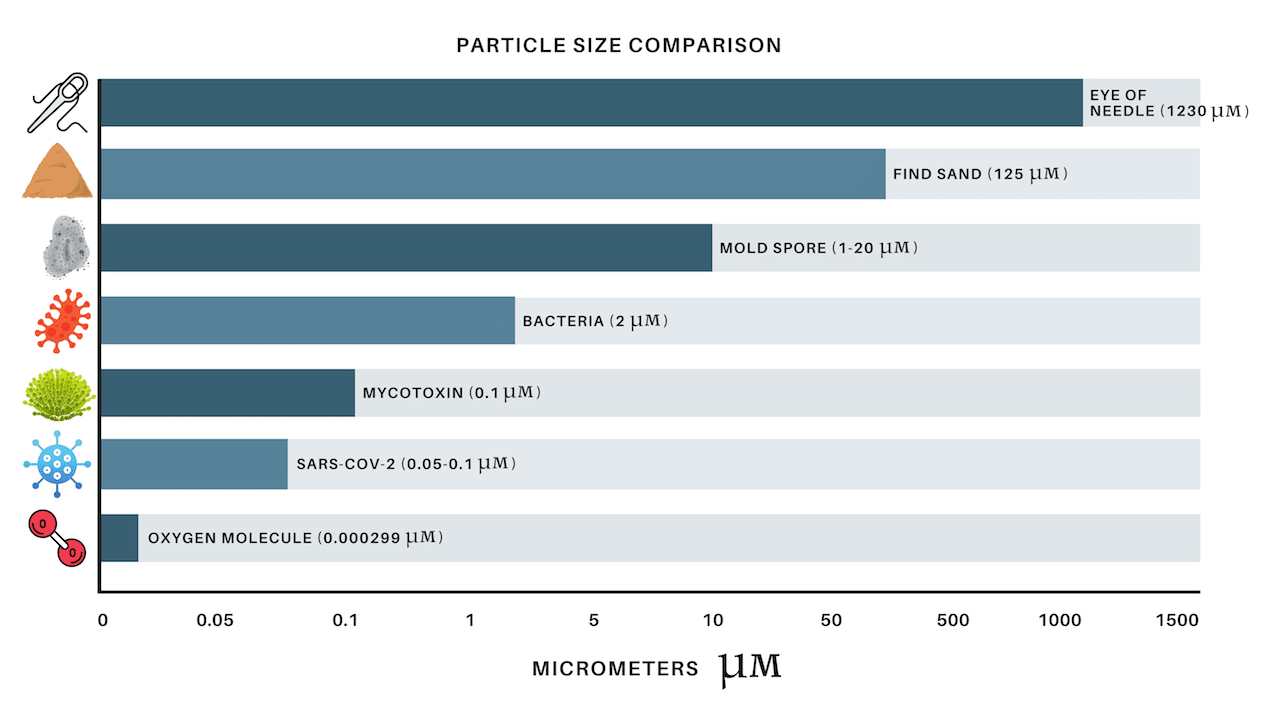Our series on Tips for Buying and Renting a Healthier Home continues with thoughtful insights from Indoor Environmental Professional (IEP), Michael Schrantz!
Michael has had a long career helping people understand what may or may not be going on in their home. He understands how easily it is for our emotions and fear to keep us from moving forward and offers a practical approach to buying and renting a healthier home.
In Part 1 of our interview, Michael explains how to minimize our exposure risk and how to maximize our confidence that the home we bought or rented is going to work for us. He reminds us that at the end of the day, this process is not about zero uncertainty, it’s about risk management.
If a move is in your future, be sure to check out Part 1 of our interview with Michael Schrantz!
- How did you get started in the indoor air quality space? (0:44)
- When someone is looking to buy or rent a home, and they are doing the initial walk through (like an open house), what are some areas in the home a person can check themselves and what are they looking for exactly? (5:38)
- What do people need to take into consideration regarding different foundation types like crawlspaces, basements, and slabs? (13:46)
- When it comes to heating and cooling options, what are some considerations when it comes to HVACs, swamp coolers, mini splits, window units, etc.? (22:32)
- What are some exterior issues to be mindful of that might impact the interior of the home? (30:40)
- Can mold in one part of the home impact the rest of the home? What is stack effect? (36:32)
- Can mold behind a wall affect you? (40:34)
- Can dormant or “dead” mold affect you? (44:26)
- If someone is buying a home, is a standard home inspection on its own enough? What else might someone want to consider? (49:45)
- Some final thoughts for anyone buying or renting a home. (52:39)
- If people wanted to get in touch with you, how would they do that? (55:56)
There was so much to cover in our conversation that we ran out of time! Be sure to stay tuned for Part 2 of this interview!
You can find our guest at:
https://environmentalanalytics.net/
Be sure to watch our entire Tips for Buying & Renting a Healthier Home Series
- A Realtor’s Perspective: Tips for Buying & Renting a Healthier Home
- An IEP’s Perspective (Part 2): Tips for Buying & Renting a Healthier Home
- An Home Inspector’s Perspective: Tips for Buying and Renting a Healthier Home
------Episode Highlight------

Can mold and other microbial growth behind a wall affect you?
In some ways this is a million-dollar question. Why? Because some landlords, contractors, builders, and even the average person may argue that mold behind a wall can’t affect the interior of your home and by default, you.
After all, it’s expensive, time consuming, and stressful to remove walls, flooring, and building materials to address any potential microbial growth that may have occurred. So, is it really worth the hassle?
The answer is a resounding, “yes!”.
It is not enough to simply stop the source of moisture. If building materials are wet longer than 24-48 hours, then there is the possibility of microbial growth. Any microbial growth behind walls, under floors, or building materials can affect the interior of your home and should be safely removed. According to Michael Schrantz,
“You have gaps and cracks that feel small to us. Where the baseboard meets the floor most of the time is not hermetically sealed. It’s not sealed up - there is a gap, the drywall is not right up against the floor. You have light outlets, electrical outlets, can lights or other penetrations. These are all pathways.”
While these pathways may seem small, mold spores and fragments are even smaller. On average, a single mold spore is 5 microns. This is so small that you cannot see an individual mold spore with the naked eye. To further illustrate just how tiny 5 microns really is, consider the fact a single human hair is roughly 60-100 microns.
Another way to think about just how tiny these mold spores really are is to consider that 250 of mold spores (remember, they are roughly 5 microns each) can fit on the head of a needle and not fall over. Ultimately, this means it takes a lot of mold spores clumped together before they become visible to the naked eye.


Unfortunately, mold spores are not the only thing you need to consider in these indoor environments. Mold spore fragments are even tinier and occur in significantly higher amounts than mold spore counts. For example, for every individual mold spore, there are roughly 300-1000 fragments that are even smaller than your average mold spore. While mold fragments will not grow into a new colony, they continue to pose a health hazard.
Ultimately, these particles and spores can easily get through the gaps and cracks from access points like electrical outlets, can lights, gaps in drywall, and other penetrable areas.
